Asus ZenBook 14 UX425J review: An affordable dose of lightweight luxury
This is one of the most affordable ZenBooks around - but is it a bargain, or too good to be true?
-
+
Slim, light and robust
-
+
Great screen quality
-
+
Good keyboard
-
+
Lengthy battery life
-
-
Underwhelming processor
-
-
Missing some security features
-
-
Tinny speakers

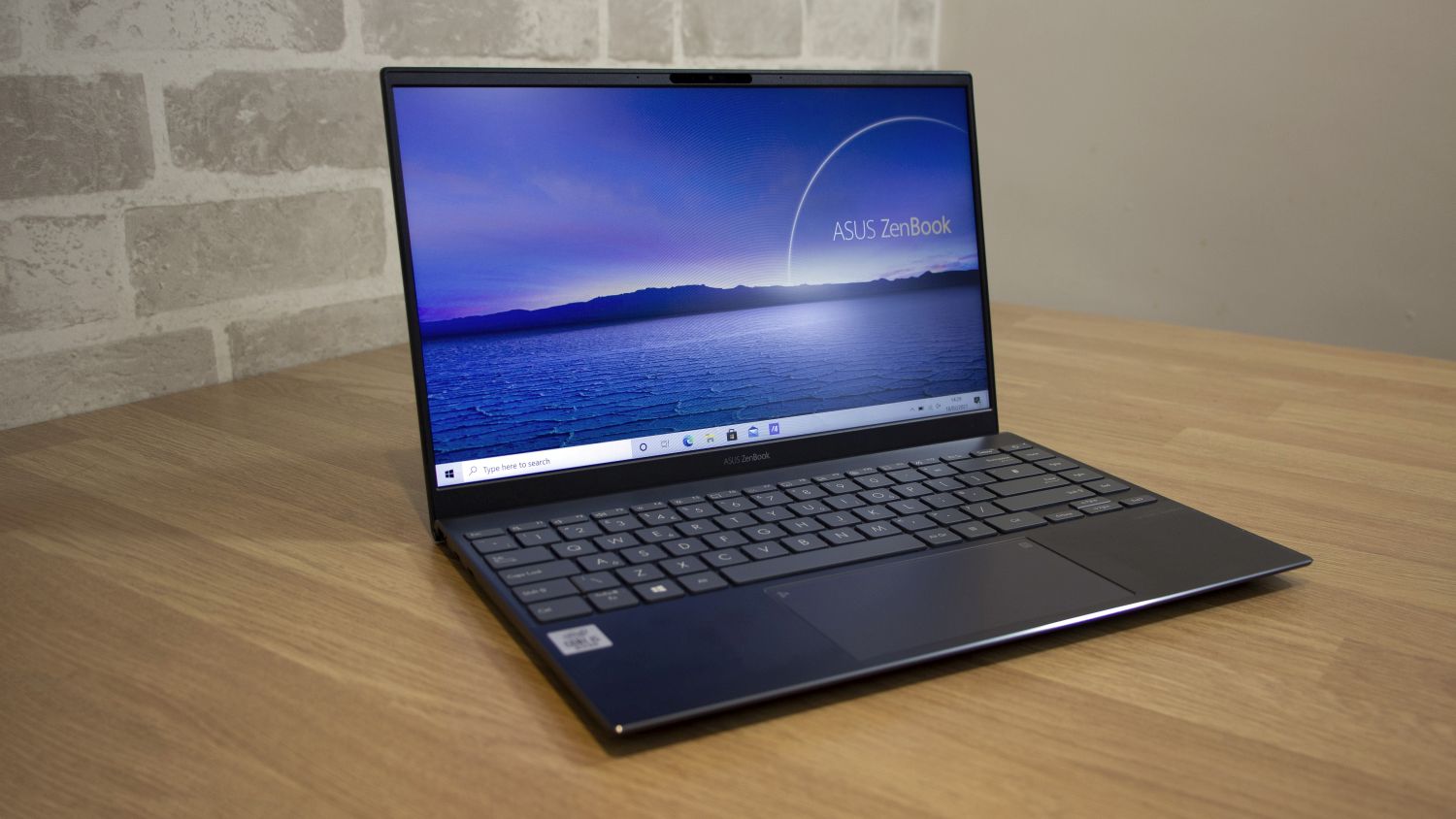
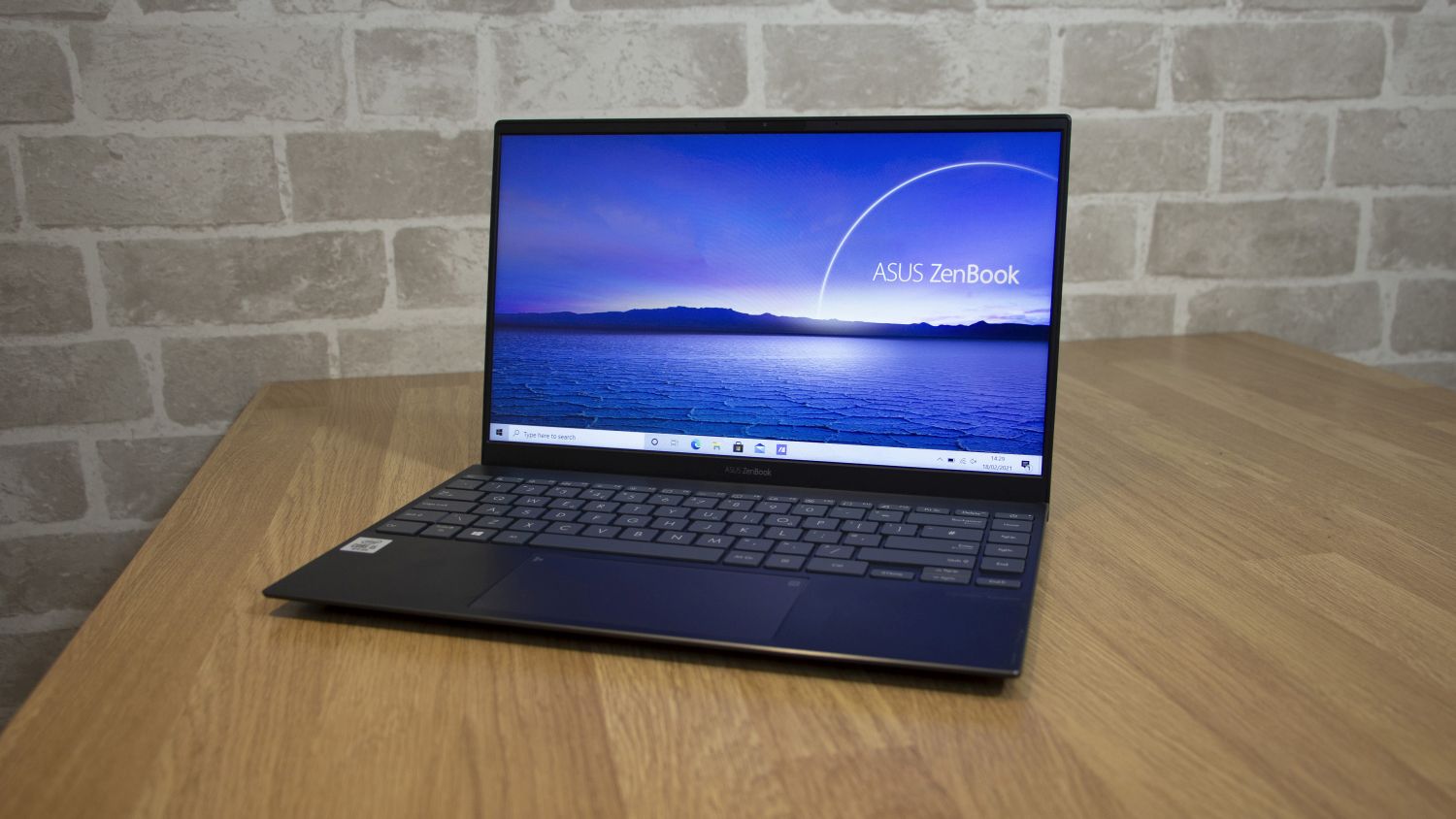
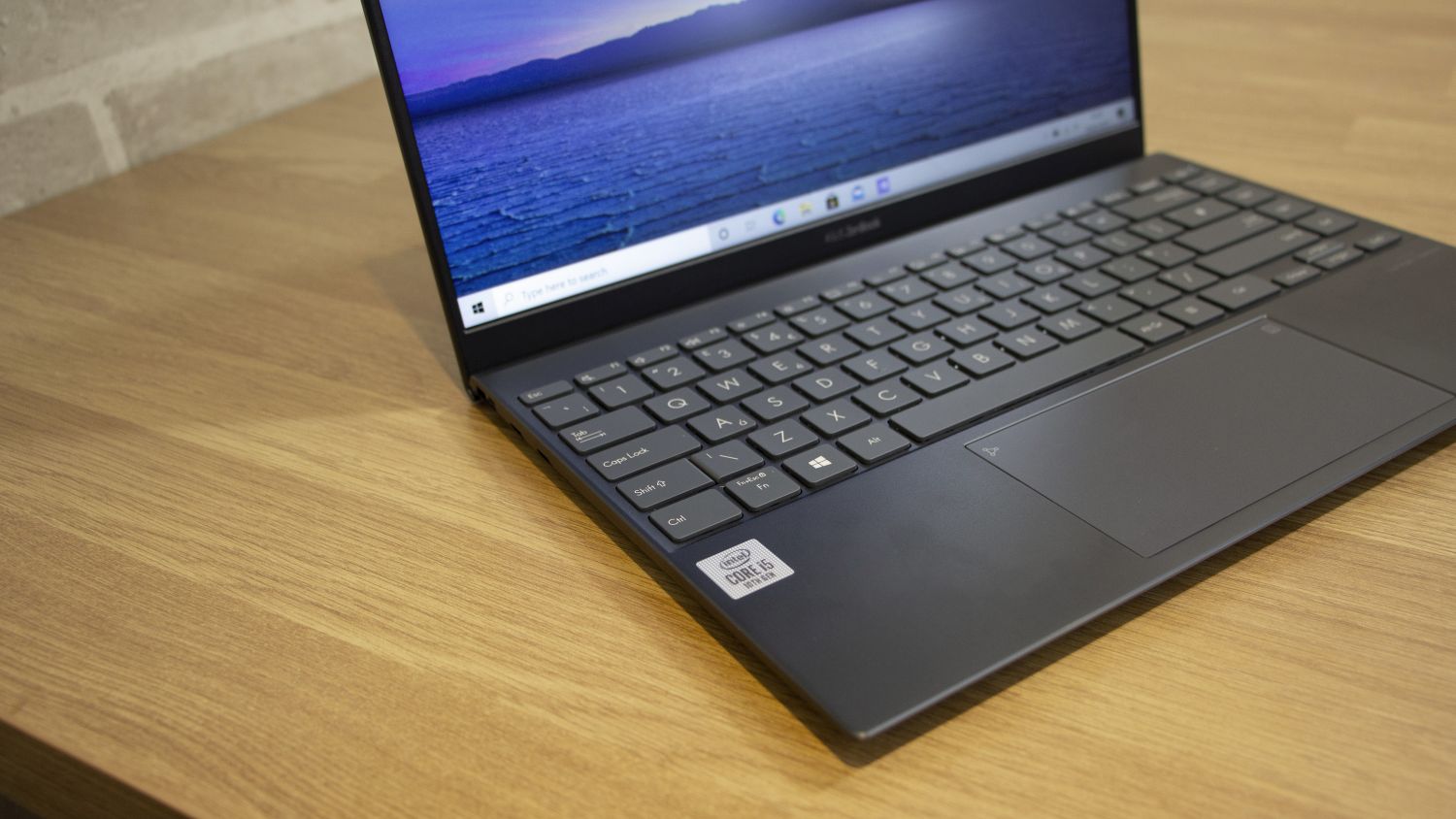
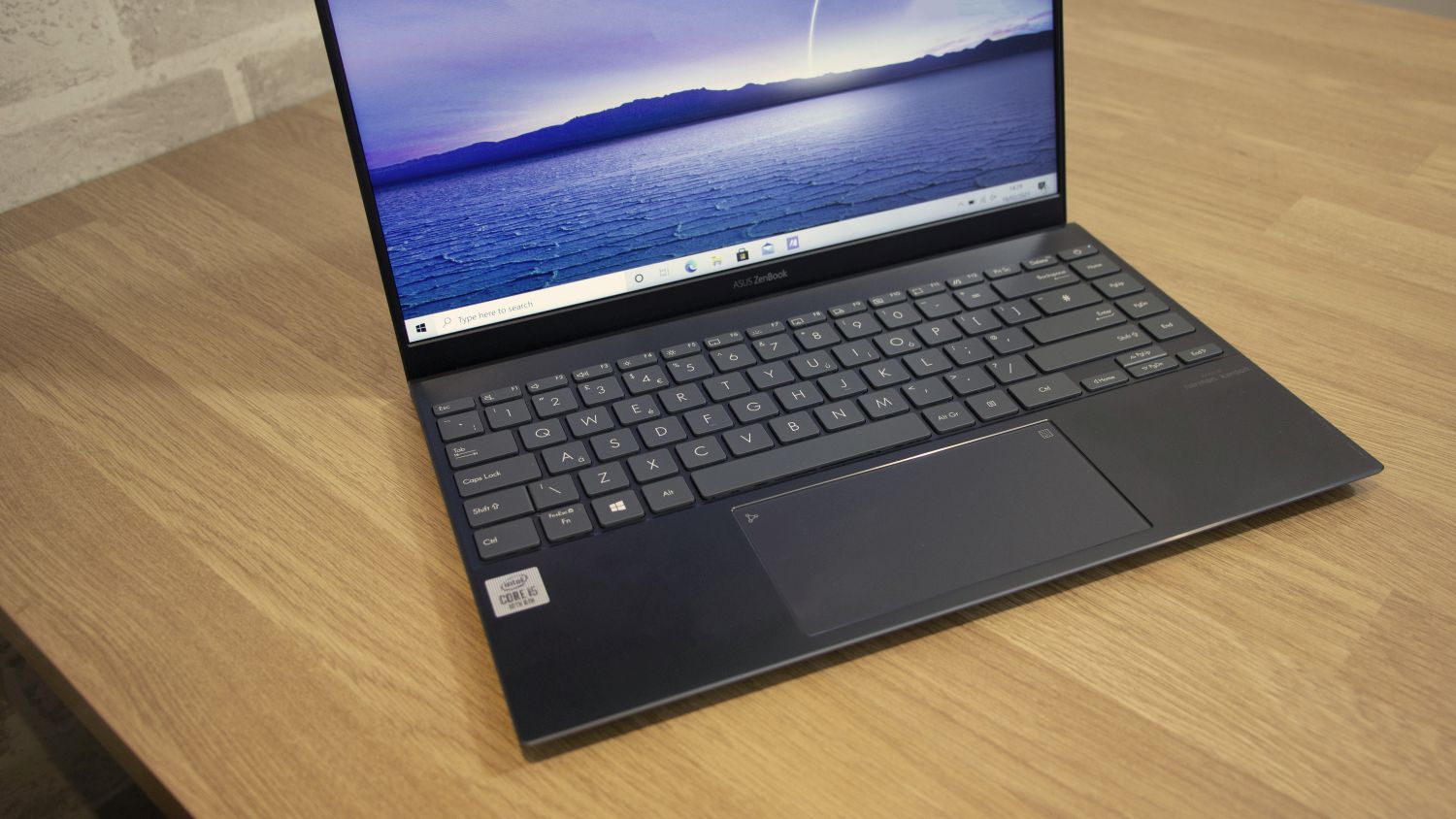


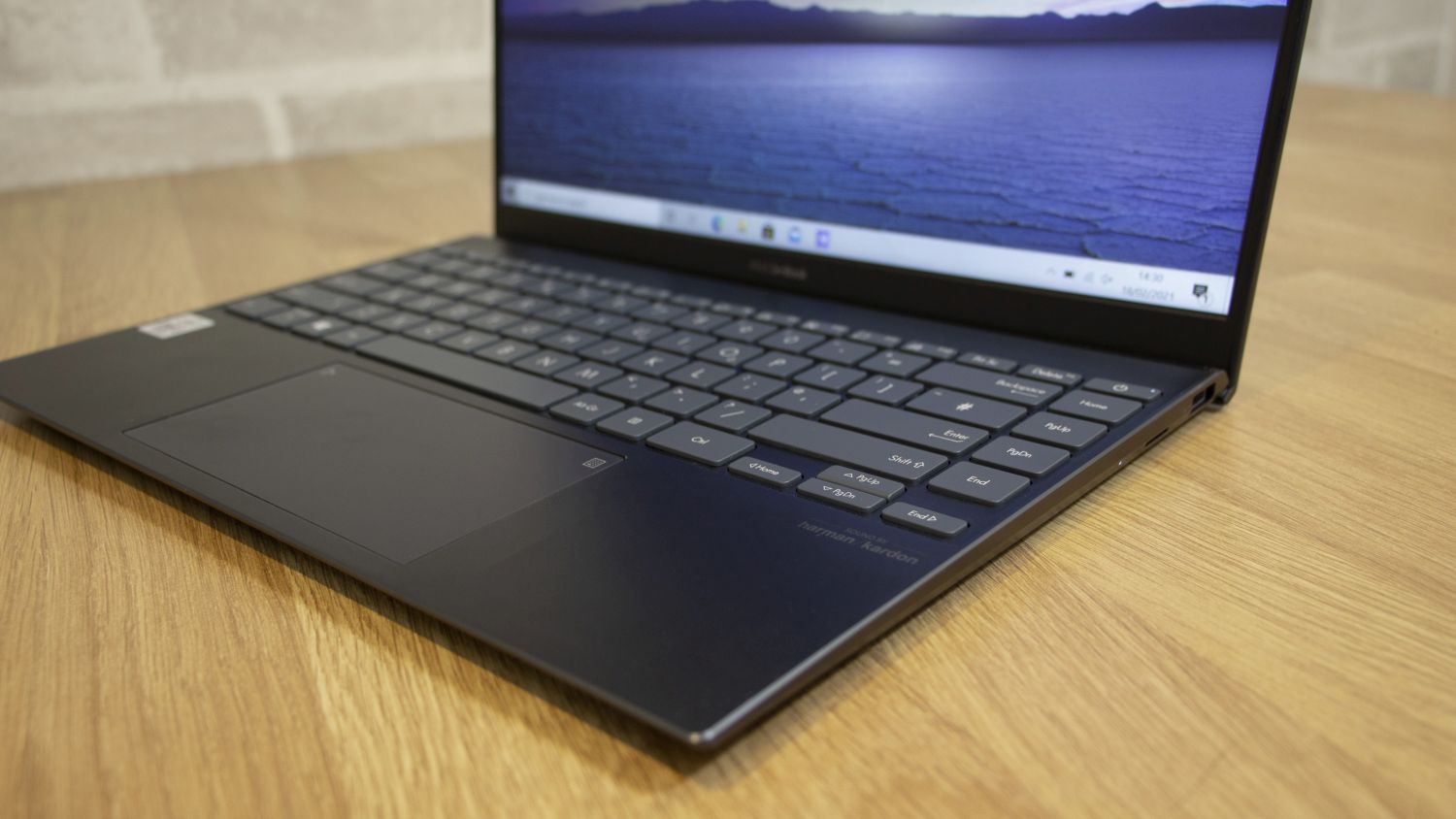

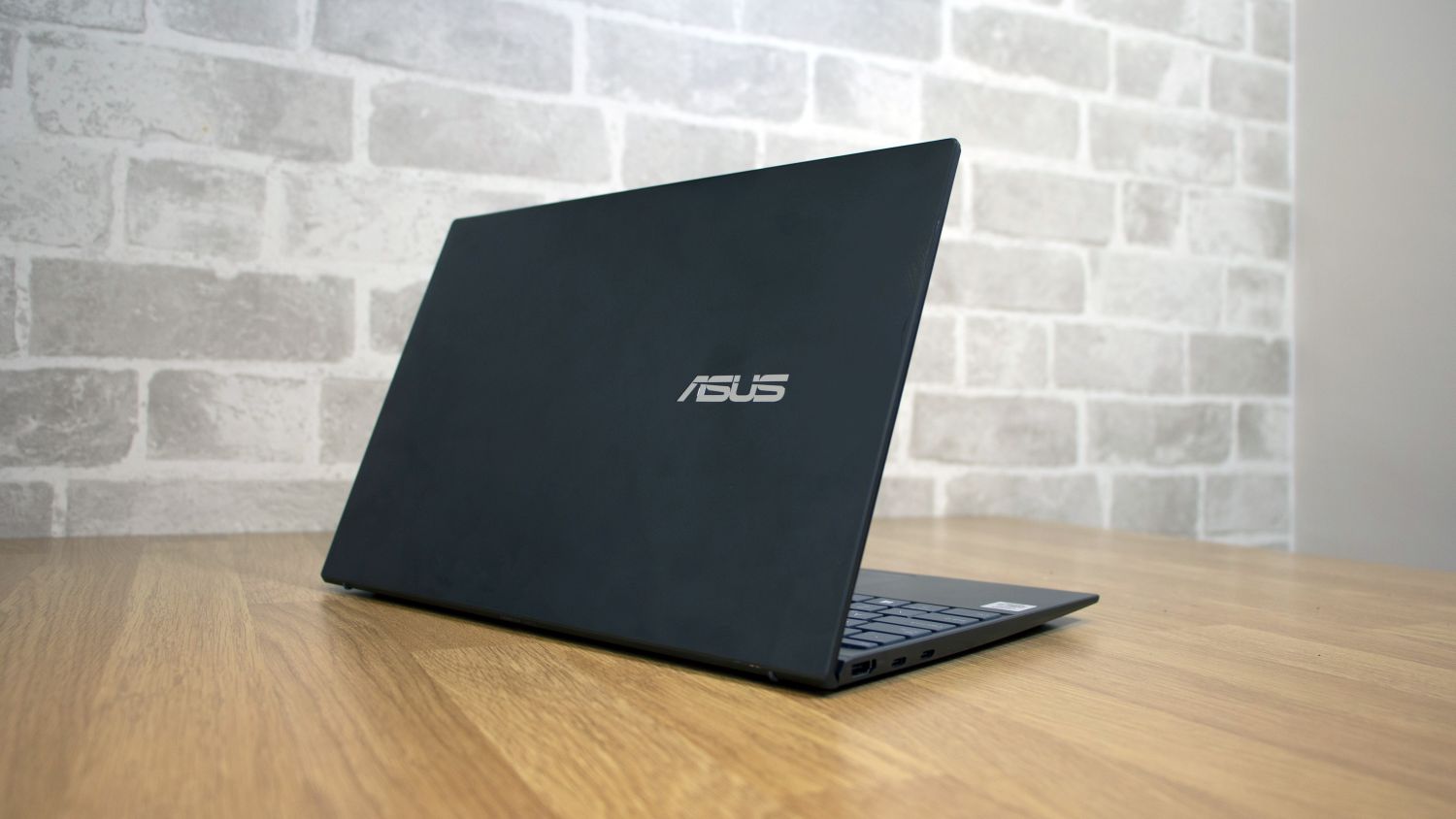

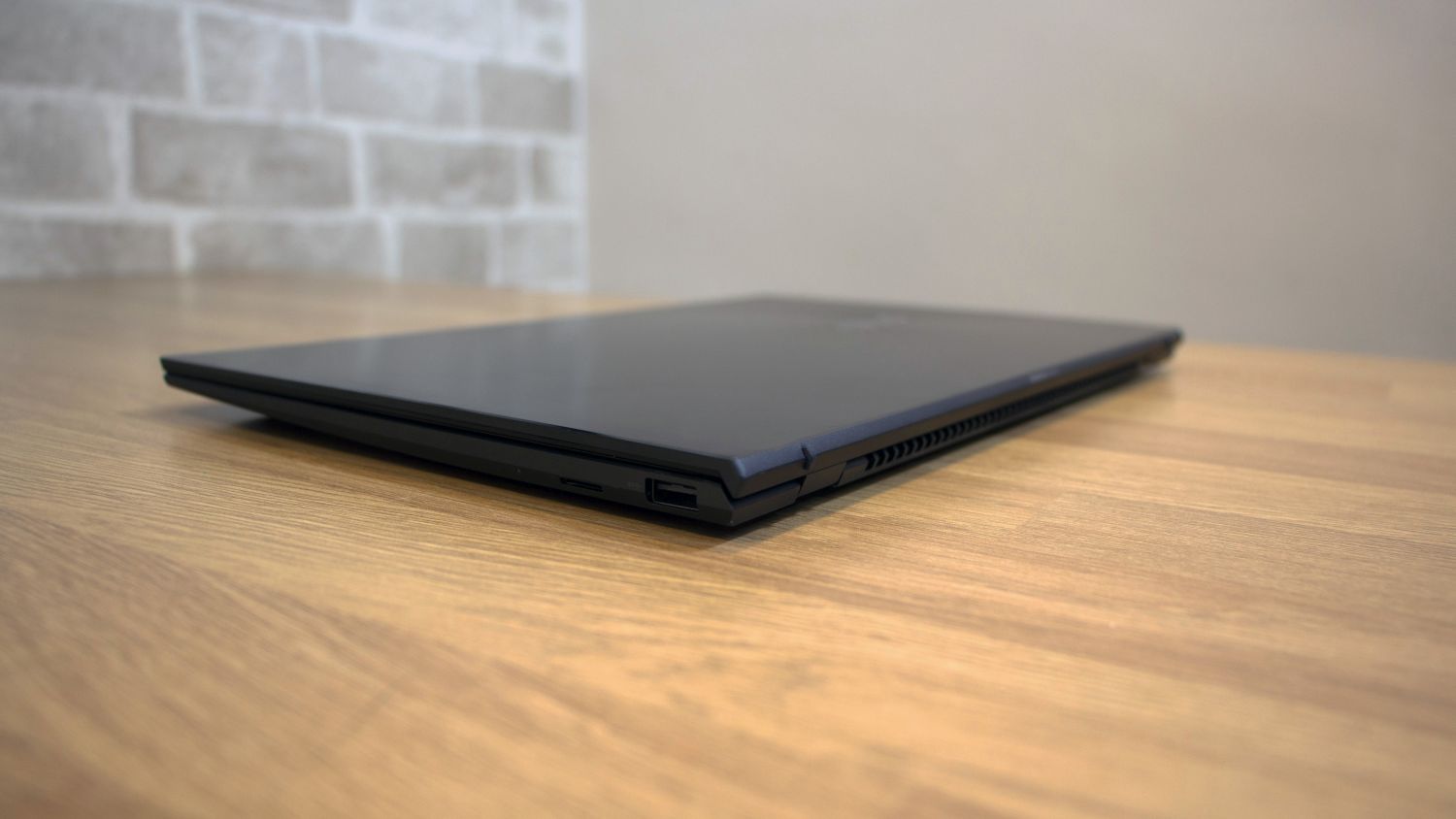
Asus ZenBook machines are usually luxurious laptops with a price to match, but the UX425J is a mid-range option that costs just £649 exc VAT – which makes it one of the more affordable ultraportable notebooks around.
A lower price inevitably means compromise, but Asus is hoping that its great design and the promise of a standout screen means that the budget doesn’t bite too much.
Asus ZenBook UX425J review: Design
The UX425J certainly looks the part. It’s got an aluminium alloy lid with a brushed circular pattern, and more alloy is used to craft the interior. It’s all finished in a sleek, dark shade and the laptop has a smart, unfussy shape, with slim screen bezels and a tapered front edge. The ZenBook opens smoothly with one fingertip, and also has a modest version of the Asus ErgoLift hinge (as seen on the ZenBook Duo 14) that tilts the base slightly towards the user.
Even more impressively, it only weighs 1.12kg and is 13.9mm thick with a 304mm width, so it’s slim, light and has a tiny desktop footprint. It’s even got MIL-STD-810G certification, which means it’s rated to survive hefty drops, vibrations, impacts and temperature variation.
It’s a good start when it comes to build quality, and the Asus feels sturdy – the only minor issue is a little too much movement in the top of the display. On the other hand, none of the ZenBook’s rivals look this good, and its competitors are all thicker and heavier, too. To get this sort of design, you’ve usually got to spend a lot more.

Asus ZenBook UX425J review: Keyboard & trackpad
This laptop’s typing gear is equally impressive; the buttons are large and wide, with a reasonable 1.4mm of travel. The keys are slightly concave and have a subtly rubberised surface, so grip levels are high, and the typing action is crisp and speedy – well-suited to days spent hammering the keyboard. The right-hand side has a bonus column of keys that include Home, End, PgUp and PgDn buttons, and the function row is well-stocked with brightness, media, connectivity, and backlight control settings.
It’s not all rosy, though. The Enter key is only single-height and the power button is included on the keyboard, which is a potential annoyance. There’s also no numberpad, although tapping the corner of the trackpad superimposes a virtual numberpad over its surface. It’s not as good as using physical keys, but it’s a welcome extra for people who input lots of data.
Sign up today and you will receive a free copy of our Future Focus 2025 report - the leading guidance on AI, cybersecurity and other IT challenges as per 700+ senior executives
The trackpad remains conventionally usable while in numberpad mode, and it’s good elsewhere: it’s very wide, with solid gesture support and a precise, smooth surface. The two buttons, meanwhile, are shallow and fast.
Asus ZenBook UX425J review: Display
Specs-wise, the 14in, 1080p IPS display on show here is entirely what we’d expect at this price. Quality levels are great: the peak brightness of 406cd/m2 is ample for indoor and outdoor use, and the black point of 0.25cd/m2 is unexpectedly deep for a laptop IPS panel. The contrast of 1,624:1 is also fantastic: punchy and vibrant, with loads of depth and nuance.
For colour-sensitive work in the sRGB colour space, this screen is excellent; it displayed 98% of the sRGB gamut, and it makes photos, videos and games look bold and bright. The Delta E of 0.93 is superb, and the colour temperature of 6,569K is similarly superb. The only downside is that this screen can’t handle the Adobe RGB or DCI-P3 gamuts - but then, that’s hardly a surprise with a device this cheap.

The competition isn’t as good here. The Acer Swift 3 and Lenovo ThinkPad L14 are both low-cost rivals, but they both suffer with poor sRGB gamut coverage and underwhelming brightness, and the ZenBook stands out in comparison.
Asus ZenBook UX425J review: Hardware & performance
The quality continues under the hood, and this affordable ZenBook serves up an Intel Core i5-1035G1 processor. That chip’s a little long in the tooth now, but it’s still a quad-core part with a peak boost speed of 4.7GHz. The rest of the specification is reasonable, with 8GB of memory and a 512GB Intel Optane H10 SSD.
In our benchmarks the Asus delivered an overall score of 88. That’s not going to break any records, but it’s fine for day-to-day use, and in real-world testing the UX425J performed well: it zipped through browsers with loads of tabs, media and chat tools, and light photo editing, without breaking a sweat – and without creating any fan noise or external heat. If your workload consists of those kinds of tasks, then the UX425J will prove satisfactory. The SSD is similarly middling: its read and write speeds of 1,757MB/sec and 1,761MB/sec are fine and ensure the machine feels responsive, but they’re not impressive.
These days, though, it’s easy to find more power without spending much more cash. Asus sells a version of the Acer Swift 3 with an AMD Ryzen 7 4700U processor for £708 exc VAT, and that chip scored a mighty 178 in our benchmarks when we tested it. If you want to stick with Intel, a typical machine with the older Core i7-1065G7 will usually score just over 100 points in our tests, and laptops with the Core i7-1165G7 tend to score around 120 points - although laptops with those chips usually cost at least £750 exc VAT.
There’s one more thing to bear in mind when it comes to performance: the Intel chip inside this machine scored 132 in our image-editing benchmark, and that wasn’t far behind the AMD Ryzen 7 4700U. Geekbench provides more evidence of Intel’s single-threaded strength: its single-core score of 1,184 snuck ahead of the AMD part but its multi-core score of 4,032 was more than 1,000 points behind. So, While AMD’s chips remain comfortably superior in multi-tasking, Intel’s chips compete well in single-threaded apps like Excel, other Office tools and photo-editing software. AMD will still provide a better overall experience, but Intel remains a good single-threaded alternative on a budget.

Asus ZenBook UX425J review: Battery
The middling performance is bolstered by superb battery life. In our video benchmark with the screen set to a fairly dim 170cd/m2, the Asus lasted for 15hrs 23mins, and it lasted for ten hours playing video at full brightness. In a low-end work benchmark with the screen at 170cd/m2 it lasted for nearly eighteen hours and it only ran out of juice after thirteen hours in the same test with the screen ramped up.
Tougher workloads will cut that battery life down, but you’re unlikely to ever go below a ten-hour lifespan with this machine. That’s miles better than rivals at this price – the Lenovo ThinkPad L14 lasted for eleven hours and the Swift 3 could only manage eight hours.
Asus ZenBook UX425J review: Ports and features
On the inside, connectivity is served by dual-band Wi-Fi 6 and Bluetooth 5.1 and security is handled by TPM. There’s no Gigabit Ethernet socket, but Asus does include a USB adapter. Speaking of USB ports, the ZenBook has one full-size USB 3.2 Gen 1 port and two USB-C ports that provide power delivery and Thunderbolt support. There’s also an HDMI output and a microSD slot.
There are some issues, however. One of those USB-C ports is used for charging the laptop, and the ZenBook doesn’t have an audio jack – only a USB-C adapter. Plug the laptop in and attach your headphones and that’s it for USB-C connectivity. The speakers are underwhelming, too, with a sound that’s tinny and muffled. Elsewhere, there’s a webcam that supports Windows Hello and a keyboard shortcut to deactivate it, but there’s no physical privacy shutter. There’s also no fingerprint reader.
The rival we’d draw attention to here is the Lenovo ThinkPad L14: it’s got a fingerprint reader, a Gigabit Ethernet socket, a headphone jack and the option for a SIM slot, and its webcam has a physical cover - all solid, business-friendly features.

Asus ZenBook UX425J review: Verdict
The Asus ZenBook UX425J might not break speed records, but it’s got enough performance to handle everyday workloads – from loads of browser tabs and your key media and chat apps to Office tools and even some light photo-editing. The UX425J further improves its prospects with stonking battery life, slimline design, a bright and accurate display, and a snappy keyboard.
Of course, you’ll want to look elsewhere if you need more CPU power, especially for multi-threaded workloads, and other laptops could be better if you need better security features, a physical numberpad or a headphone jack. At this price, though, there’s loads to like about the ZenBook – it’s a capable and extremely affordable ultraportable.
Asus ZenBook UX425J specifications
| Processor | 1.2GHz – 2.8GHz Intel Core i5-1035G1 |
| RAM | 8GB DDR4 |
| Graphics | Intel UHD Graphics |
| Storage | 512GB Intel Optane H10 SSD |
| Display | 14in 1,920 x 1,080 IPS |
| Operating System | Windows 10 Pro 64-bit |
| Connectivity | Dual-band 802.11ax WiFi, Bluetooth 5.1 |
| Ports | 2 x USB 3.2 Gen 2 Type-C/Thunderbolt, 1 x USB 3.2 Gen 1 Type-A, 1 x HDMI, 1 x microSD |
| Dimensions | 304 x 203 x 13.9mm (WxDxH) |
| Weight | 1.12kg |
| Warranty | 1yr RTB |
Mike Jennings has worked as a technology journalist for more than a decade and has been fascinated by computers since childhood, when he spent far too long building terrible websites. He loves desktop PCs, components, laptops and anything to do with the latest hardware.
Mike worked as a staff writer at PC Pro magazine in London for seven years, and during that time wrote for a variety of other tech titles, including Custom PC, Micro Mart and Computer Shopper. Since 2013, he’s been a freelance tech writer, and writes regularly for titles like Wired, TechRadar, Stuff, TechSpot, IT Pro, TrustedReviews and TechAdvisor. He still loves tech and covers everything from the latest business hardware and software to high-end gaming gear, and you’ll find him on plenty of sites writing reviews, features and guides on a vast range of topics.
You can email Mike at mike@mike-jennings.net, or find him on Twitter at @mikejjennings
-
 Qualcomm the data center with $2.4 billion Alphawave Semi acquisition
Qualcomm the data center with $2.4 billion Alphawave Semi acquisitionNews The move sees Qualcomm absorb Alphawave Semi’s portfolio of custom silicon, high-speed connectivity solutions, and chiplets
By Daniel Todd Published
-
 ‘If software development were an F1 race, these inefficiencies are the pit stops that eat into lap time’: Why developers need to sharpen their focus on documentation
‘If software development were an F1 race, these inefficiencies are the pit stops that eat into lap time’: Why developers need to sharpen their focus on documentationNews Poor documentation is a leading frustration for developers, research shows, but many are shirking responsibilities – and it's having a huge impact on efficiency.
By Ross Kelly Published
-
 OpenAI says GPT-5.2-Codex is its ‘most advanced agentic coding model yet’ – here’s what developers and cyber teams can expect
OpenAI says GPT-5.2-Codex is its ‘most advanced agentic coding model yet’ – here’s what developers and cyber teams can expectNews GPT-5.2 Codex is available immediately for paid ChatGPT users and API access will be rolled out in “coming weeks”
By Ross Kelly Published
